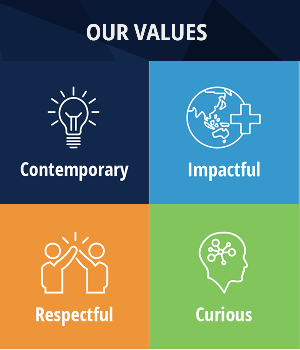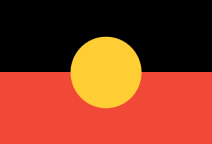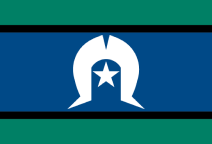You’ve implemented your workforce plan, so what comes next?
Monitoring and reporting on how your strategy is playing out may seem like the simplest task but it’s often the most overlooked.
If you take the approach that workforce planning is not part of your day-to-day job as a business owner, then it’s likely to end up gathering dust rather than facilitate workforce future-proofing.
Monitor, measure and adjust
No plan is set in stone so monitor, measure and adjust your workforce strategy in response to real-time business conditions.
The following are a few steps to help get you started:
- Put in place an Action Plan that includes key elements of your workforce strategy.
- Monitor your workforce plan. What may have seemed like a great idea six months ago may no longer be realistic.
- Measure your plan by linking it to key performance indicators (KPIs).
- If you identify any weaknesses, then don’t be afraid to adjust your strategy to ensure it’s fit-for purpose.
- Rinse and repeat.
Build your own success
What’s deemed as successful for one business may fall short for another.
For example, low turnover may be seen as success for some companies while new ideas or new people is a key measure of success for others.
"Every industry is different,” says Apprenticeship Support Australia Manager Lena Constantine.
"Businesses need to get their metrics clear, and align strategies to meet those metrics.”
CCIWA’s ASA can help your business undertake a skills analysis and provide advice on traineeships or apprenticeships to help your business thrive.
- Develop a business strategy
- Scan the environment
- Model the workforce
- Identify the skills gaps
- Develop a workforce strategy
- Implement the workforce strategy
- Monitor and report
Click on the links to explore CCIWA's workforce planning model.
